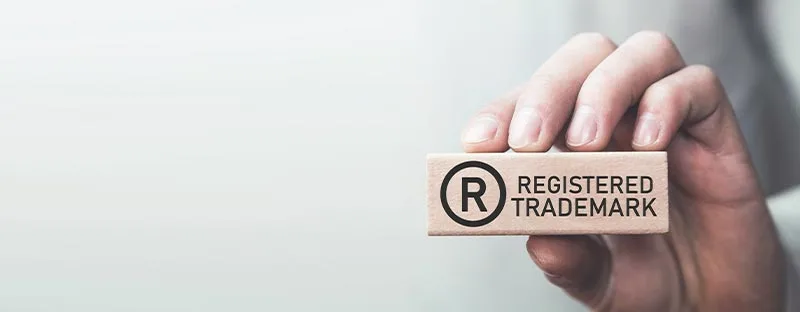Complete step-by-step guide to registering a trademark with the USPTO in 2025. Learn filing requirements, costs ($350 base fee), timelines (12-18 months), and maintenance requirements.
National vs. International Trademark Registration
Written by Emily Brooks ·

It’s no secret that trademark registration is an invaluable process for the vast majority of businesses and brands. It gives you that all-important protection and clear ownership rights over your brand and its materials, like its logo, slogan, name, and so on.
But, when it comes to trademark registration, business owners have a choice to make – international or national? You can either protect your trademarks in your own country of operations or elect to obtain worldwide protections instead. This guide looks at both sides to help you make the right call.
A Look at National Trademark Registration
This provides protection at a national level. So, let’s say you get trademark registration in the U.S. You’ll effectively have ownership of your properties and branding materials within the confines of the U.S. But you won’t enjoy the same exclusive rights in other countries, so people outside of America could, theoretically, use your brand name, slogan, etc.
The Pros
- It’s Faster: Compared to international trademark registration, national registration is a speedier and therefore more convenient choice. It can take up to 18 months for international decisions, but national applications are often processed quicker than that.
- More Straightforward: Filing internationally is quite complicated, especially for those new to it. National applications are generally easier to fill out and submit, and there’s less research and hard work involved in learning all the rules and making sure you check all the boxes.
- Suitable for a Lot of Businesses: While much of business is international these days, many brands only operate in their own home countries. So you don’t necessarily need to concern yourself with the complications of filing for trademarks in nations you won’t work in.
The Cons
- Less Protection: The simple and obvious downside with national compared to international is that you won’t have recourse if someone from another country steals parts of your brand identity. You’ll only be covered within your nation’s borders.
A Look at International Trademark Registration
This gives you trademark protections not just in your own country, but in many others around the world. This typically involves the use of the Madrid System, which gives you protection in up to 131 countries, at this time – some may be added or removed in the future as the system evolves. That means you’ll have ownership of your protected elements in various places around the world.
The Pros
- Huge Amount of Coverage: As stated, the Madrid System includes 131 member countries. By filing for international trademark protection, you can get covered in lots of different places, including some of the world’s biggest markets.
- Vital for International Brands: If you plan to operate or sell internationally, you need international trademark protection. It’s the only viable way to keep your branding materials safe and in your hands, away from brand squatters and imitators.
- Cost-Effective: It’s cheaper to apply for international trademark protection via the Madrid System in one go than it would to take out national protections individually in the territories where you plan to operate and want to protect your properties.
The Cons
- Complexities: The international application process only consists of one primary application, but each country’s authorities review it independently and decide to approve or deny it according to their own rules. This can make the process quite complicated and intimidating.
- Time: It takes longer to process international trademark applications and get the approval you want than it would if you applied just for national protection.
Summing Up: Which Is Best?
Overall, there’s no single “best” option between national vs. international trademark registration that applies to every business, because every business is different. The needs of a hair salon in Arizona, for example, are going to be very different to an international enterprise with offices in Asia, Europe, and the U.S.
As such, you have to consider trademark protection needs on a case-by-case basis. For smaller brands operating locally with no intentions to expand worldwide, national coverage is often enough, and it’s simpler and faster to get. But if you want or need maximum protection, international registration is the way to go.


